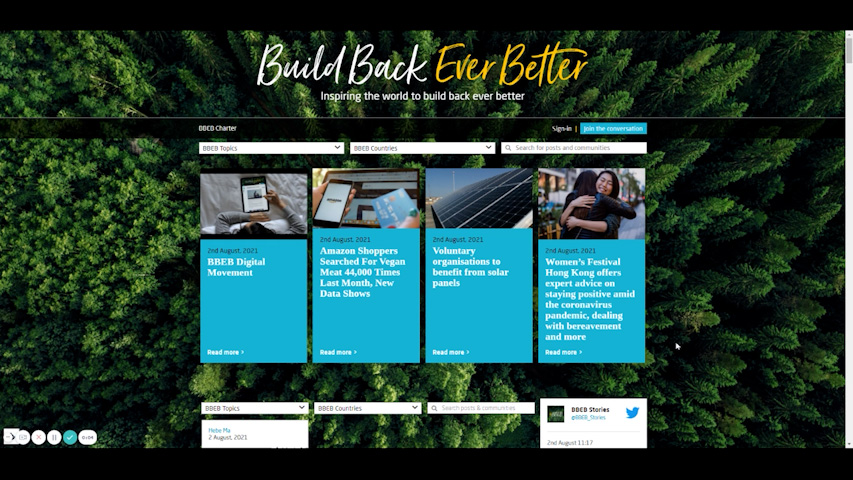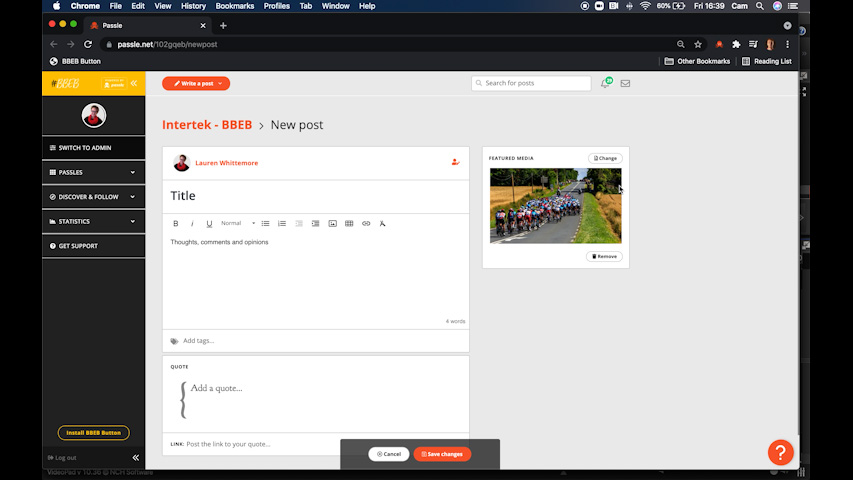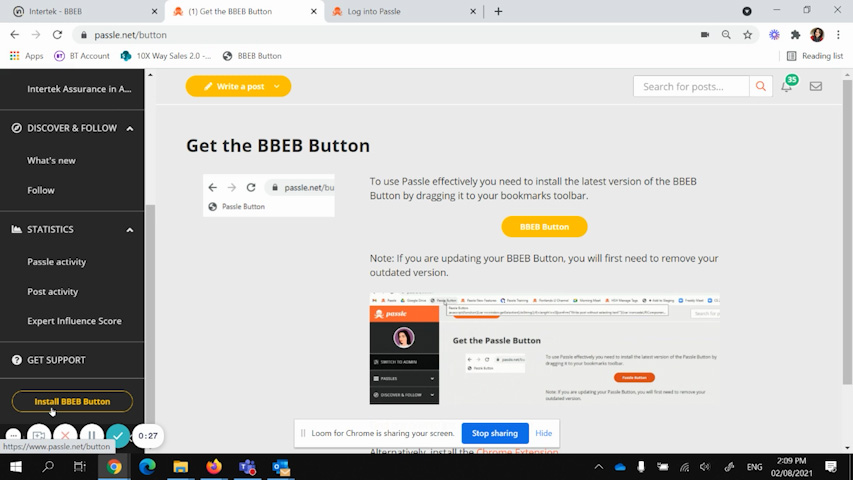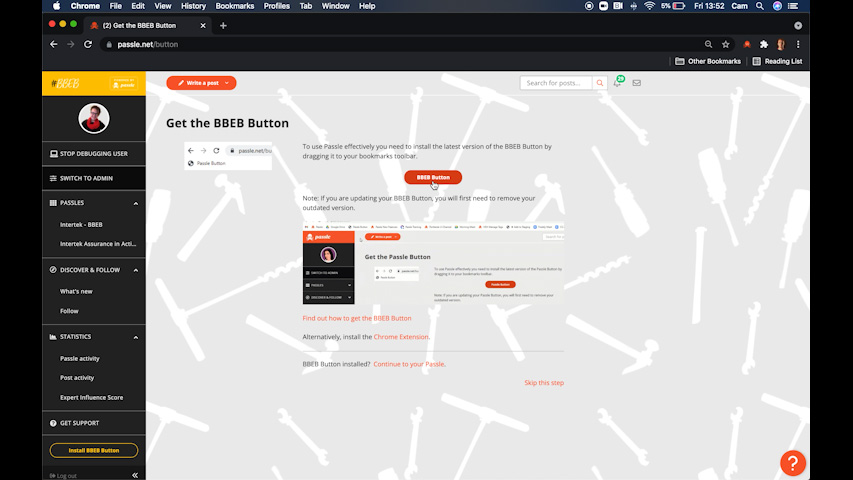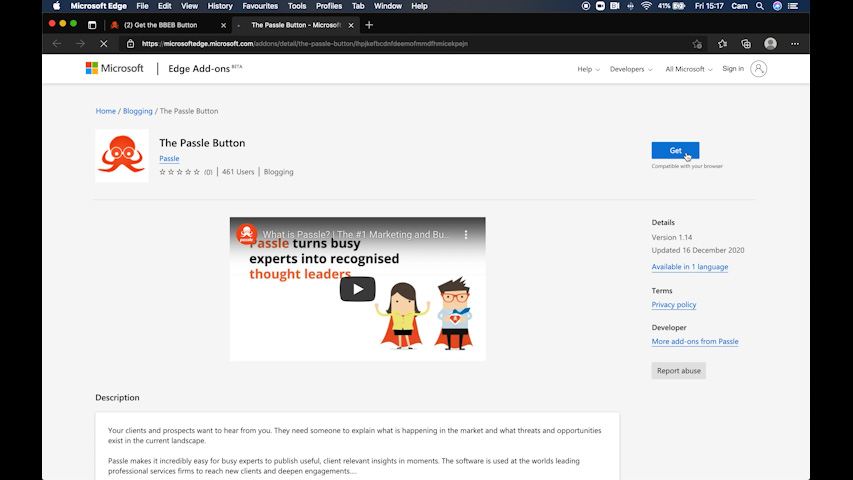Queensland’s Lady Elliot Island Eco Resort won the Sustainable Tourism category in this year’s Banksia National Sustainability Awards for its shift to 100% renewables.
Lady Elliot Island is the Great Barrier Reef’s southernmost coral cay. Approximately 80 kilometres north-east of Bundaberg, the 45-hectare island lies within a Marine National Park ‘Green Zone’.
A resort was established on the island in 1984 using prefabricated buildings. By 2005, the resort was consuming 550 litres of diesel a day to generate power using 220 kilowatt diesel generators running 24 hours a day. It wasn’t ideal given the cost, noise and pollution involved.
The switchover to solar power started with a hybrid solar power station completed in 2008, which was the first of its kind at the time. The installation of 96 Kyocera solar panels, SMA inverters, batteries and a new smaller generator reduced diesel consumption to 100 litres/day.
The system was subsequently expanded, growing to 801 ground and roof mounted solar panels (209kW) and 234 batteries. According to the resort web site, an additional 88 solar panels, battery bank and solar hot water systems were to be installed in 2020, achieving a goal of powering the resort with 100% renewable energy. It looks like more may have been installed since then as the Banksia Awards page notes “over 1000 solar panels”.
Since the original installation back in 2008 and up to 2019, REC and Q Cells panels were used – it’s not clear what modules were installed after 2019. Some of the REC solar panels are to clock up 10 years of service this year, operating in what is a very harsh environment for solar gear. And just a tip for those going solar in coastal locations, when choosing solar panels check they are salt mist corrosion resistant and the level of resistance.
Other strategies used at the resort to minimise the environmental impact include:
- Recycled building products
- LED lighting
- Low wattage and baffled outdoor lights
- Water saving shower heads
- Sugar cane toilet paper
Waste is also a significant challenge given there’s only a supply barge that arrives every 3 months to take trash back to the mainland. The resort requires guests to sort rubbish during their stay and there’s an On-Site Composting Apparatus (OSCA) that deals with all organic material; providing valuable compost for use on the resort’s gardens and elsewhere on the island.
Rainwater can’t be collected for drinking water given the potential for contamination by bird activity – Lady Elliot Island is the second largest bird rookery on the Great Barrier Reef. Water for the resort is sourced by solar energy powered desalination, and all water is reused for irrigation after being run through the island’s waste water treatment plant. Zero Mass Water Source hydropanels, which extract water from air using solar power, are also being trialed.
For a Queensland tropical island, Lady Elliot looks little on the barren side – and there’s a reason for that. Guano mining in the 1800’s removed all topsoil and vegetation from the island, leaving only bare rock. There have been efforts since to revegetate it, but that has brought new challenges including the introduction of invasive species such as umbrella trees, lantana, dragon fruit and Mother-of-millions. These are being eradicated and replaced with native species.
 unknownx500
unknownx500












